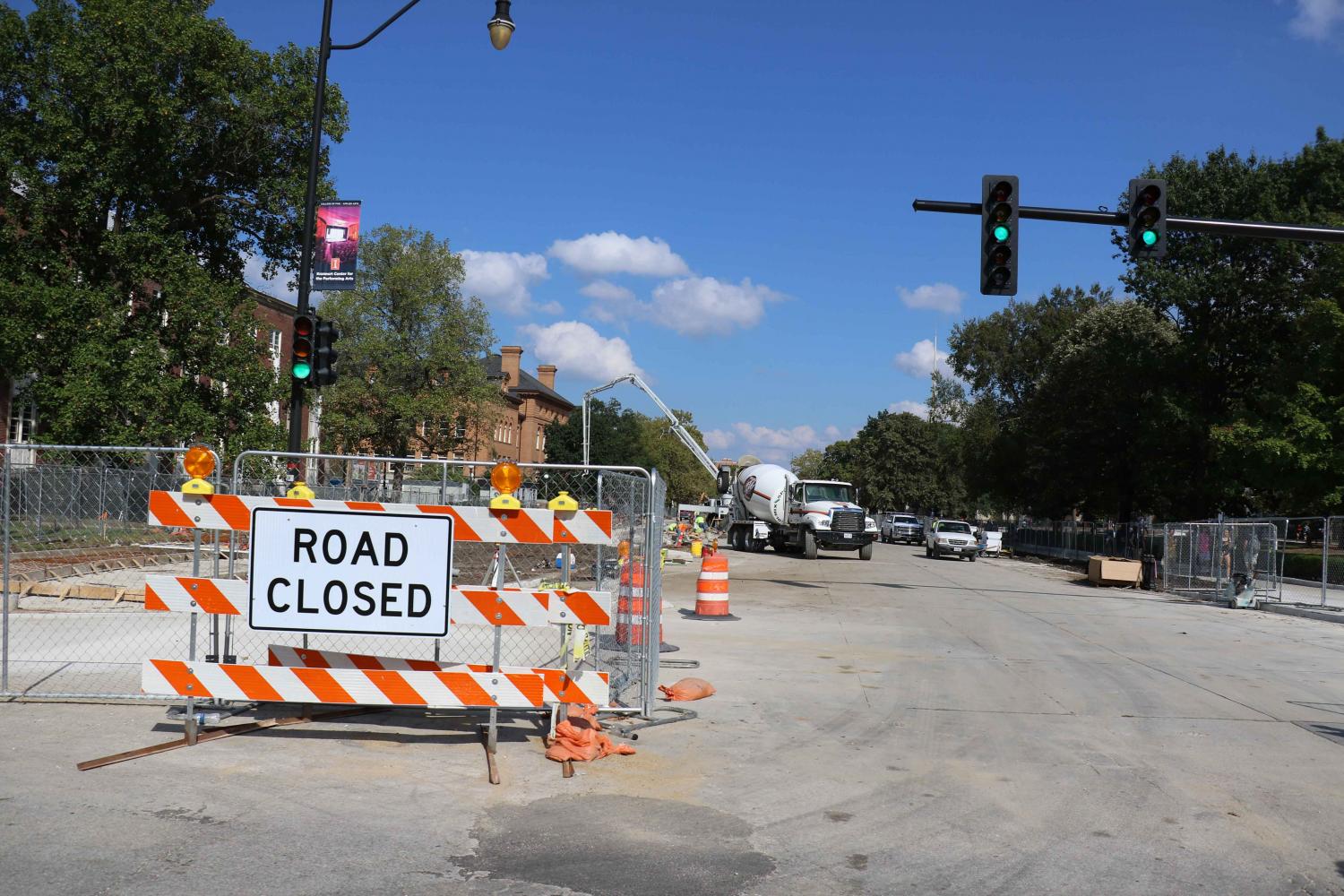MCORE project hinders student mobility
Sep 10, 2017
 For what seems like years, the Multimodal Corridor Enhancement project in Champaign-Urbana lingers throughout the campus and downtown areas.
For what seems like years, the Multimodal Corridor Enhancement project in Champaign-Urbana lingers throughout the campus and downtown areas.
What is described as a four-part project, MCORE first targets Green Street from the middle of campus to both sides of Champaign and Urbana, making up two of the four projects. The remaining two projects look to renovate smaller intersections outside of Green Street including White Street, Armory Avenue and Wright Street.
The $42 million project began in fall 2016 and will continue through 2020. While the end result of the project looks to improve overall transportation flow from pedestrian walkways to bus stops, students will have to face generally delayed forms of transportation in the meantime due to construction.
Roads have been closed off left and right from not only the MCORE project, but also University construction to buildings like the Illini Union.
Students across campus know the easiest way to get around is to utilize the efficient bus system. However, due to road closings, many buses are forced to take detours, which can potentially delay trips.
Get The Daily Illini in your inbox!
While the delay is only a matter of a few minutes, for many students that can be considered the “crunch” time of getting to class right when it starts.
Students tend to fall into a pattern of timing trips from their dorms or apartments to their classes by leaving close to when those classes start. They put their faith in the dependable buses, but ever since the MCORE project’s inception, students feel a bit uneasy relying on them.
Belen Muniz, senior in LAS, resides fairly close to her classes, which saves her from all construction.
“My classes are quarter- to a half-mile from my house but since the start of school I have stayed away from the sites of construction,” Muniz said.
Although Muniz is not currently affected by the construction, she said that even over the summer with a large majority of students not present, it was still difficult getting around campus.
“The traffic was awful and when I had to go somewhere far using a bus,” Muniz said, “the routes were messed up and it took me longer than usual to get to places.”
In the end, the MCORE project is yet another venture for the future, not only for campus but also for the surrounding communities. While many students may not be able to experience the actual effects of the construction once it’s completed, its impact will be felt monumentally by improving the quality of life around the Champaign-Urbana area.
Saketh is a sophomore in DGS.






